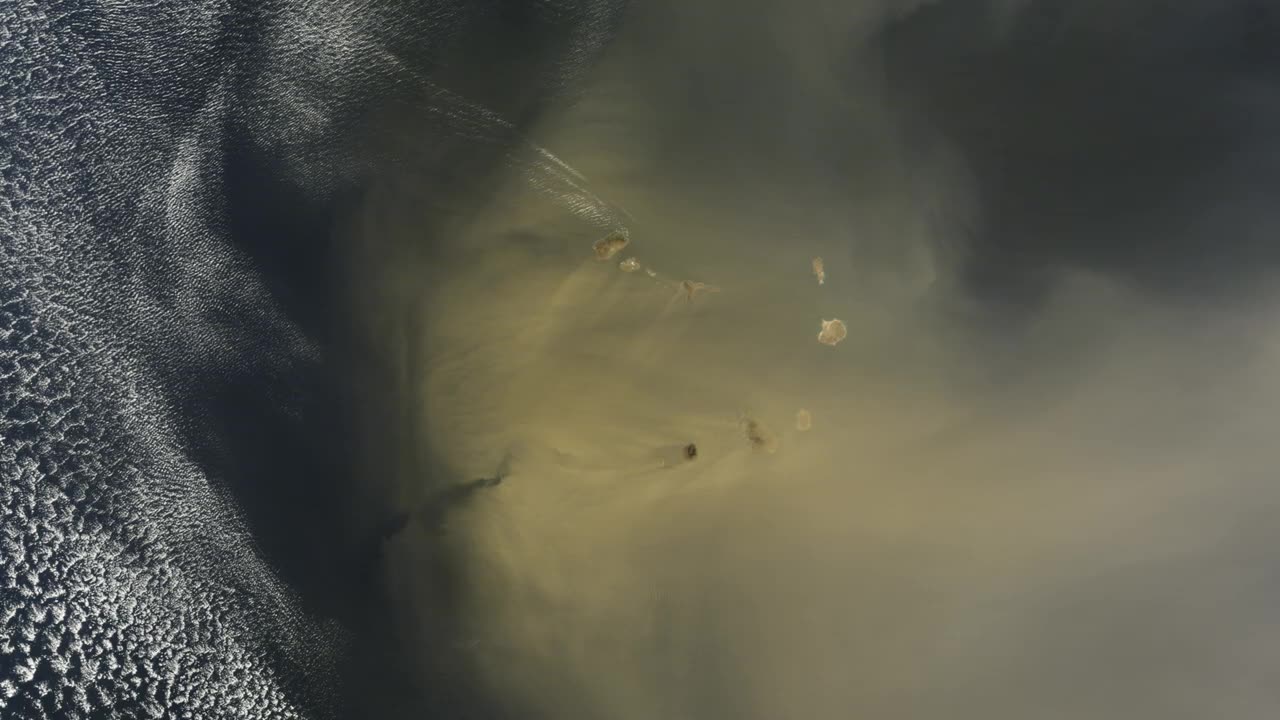Premium Only Content

mineral dust source
NASA conducts extensive research on various Earth and planetary phenomena, and one of the subjects it investigates is mineral dust sources. Mineral dust, also known as aeolian dust, originates from natural processes such as erosion, volcanic activity, and meteorite impacts. These processes release fine particles of minerals and other materials into the atmosphere.
Volcanic eruptions emit ash and dust particles into the air, contributing to the mineral dust content. Wind erosion from arid regions, deserts, and exposed soils is a major source of mineral dust. As wind sweeps across these surfaces, it lifts and carries tiny particles into the atmosphere. Additionally, impact events like meteor strikes on rocky surfaces can release significant amounts of dust.
NASA studies mineral dust sources to understand their impact on Earth's climate, air quality, and ecosystem health. These particles can influence atmospheric composition, solar radiation balance, cloud formation, and ocean fertilization when they settle into marine environments. Monitoring and modeling these sources help scientists predict the movement of mineral dust, its effects on weather patterns, and its role in global biogeochemical cycles.
-
 1:52:47
1:52:47
The Rubin Report
2 hours agoJoe Rogan Gets John Fetterman to Admit the Dark Truth of Dems Immigration Plans
69K -
 13:25
13:25
Steven Crowder
3 hours agoWe are the News Now: Election 2024 Docuseries Part 3 | Louder With Crowder
108K233 -
 LIVE
LIVE
Drew Hernandez
12 hours agoFINAL TRUMP RALLY NC, PA, PA, MI & ELECTION HOME STRETCH UPDATES
1,633 watching -
 1:44:03
1:44:03
Omar Elattar
23 hours agoThe No. 1 Productivity Doctor: How To Get More Done In 1 Week Than Most In 12 Months!
26.3K -
 LIVE
LIVE
LFA TV
16 hours agoBRINGING IT HOME! | LIVE FROM AMERICA 11.4.24 11am EST
5,161 watching -
 1:44:03
1:44:03
Squaring The Circle, A Randall Carlson Podcast
2 hours agoThe Truth About Hurricanes and Climate Change Pt 2- Squaring the Circle: A Randall Carlson Podcast
7.9K -
 35:16
35:16
Rethinking the Dollar
2 hours agoImpending Market Sell-Off: Election Fallout? | Morning Check-In
6.43K -
 1:34:27
1:34:27
Graham Allen
5 hours ago24 HOURS TO SAVE AMERICA!!! Don’t Let Them Fool You! This Fight Is NOT OVER!!
89.1K94 -
 2:23:41
2:23:41
Matt Kohrs
21 hours agoThe Return of Thicc Kohrs || The MK Show
43.6K1 -
 1:06:47
1:06:47
MTNTOUGH Fitness Lab
14 hours agoFrom Small-Town Farm to NFL Stardom: The Brian Schwarz Story | MTNT POD #89
29.4K